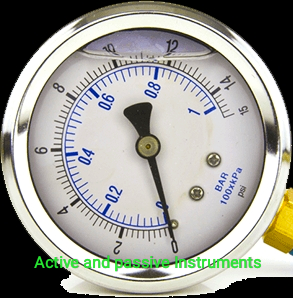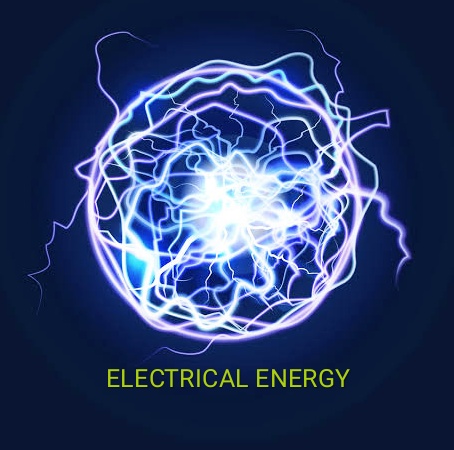Voltage Regulator and Review of Basic DC-DC Voltage Regulators
Voltage Regulator and Review of Basic DC-DC Voltage Regulators
- The regulated output DC voltage can be obtained using either linear power supply or switched mode power supply.
- Linear power supply consist of devices that operate in active regions to regulate the DC output voltage.
- the block diagram of linear power supply is shown in below figure:
- The transistor T1 is connected in series with the DC source voltage. Here note that the series transistor T1 operates in active region.
- The error amplifier compare the output voltage Vo(av) with set value Vref.
- The difference between Vo(av) and Vref is called error voltage. it is given to control circuit.
- The control circuit generates the base drive of T1 in such a ways that error voltage is zero this means Vo(av)=Vref
- The output voltage Vo(av)=Vs-Vce. This means the transistor T1 has the power loss of Vce x io. This loss takes place continuously across T1. Because of this reason, linear power supply has reduced power efficiency.
- The efficiency of linear power supply is as low as 305 to 35%. The power loss is dissipated as heat in series transistor.
Advantages of Voltage Regulator
- Low output ripple and noise
- Fast Transient response
- No RFI or EMI
- Economical circuit for low power output
Disadvantages of Voltage Regulator
- Reduce power efficiency
- Bulky size
- Bulky low frequency transformer is required
- Large heat sink is required for power dissipation
Application of Voltage Regulator
- DC power supplies
- Linear Circuits
Basic of DC - DC Voltage Regulator
the DC - DC voltage regulator are classified as follow:
1. Linear voltage regulator
2. Switching voltage regulator
3. Resonant converter
1. Non isolated converter
There is no electrical isolation between supply and output
2. Isolated converters
The supply and output are electrically isolated via high frequency transformer.








Very informative
ReplyDelete